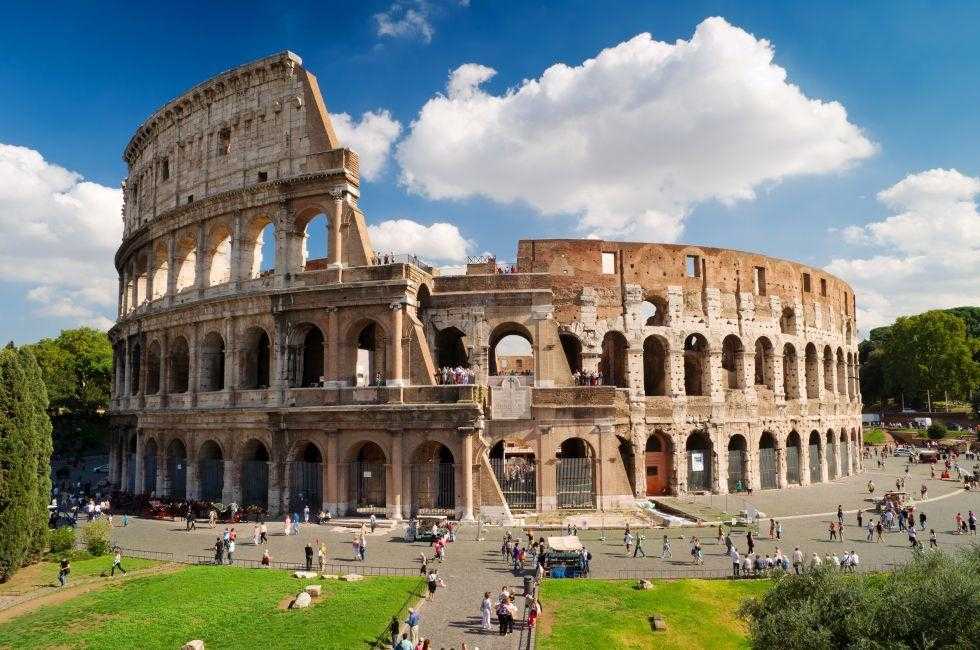Exploring the Museum of Roman Civilization in EUR
The Museum of Roman Civilization, located in the EUR district of Rome, is a treasure trove for anyone interested in the rich history of ancient Rome. This museum offers a comprehensive look at Roman culture, society, and achievements, making it a must-visit for history enthusiasts and curious travelers alike. Whether you’re a student, a history buff, or just someone looking to understand more about the ancient world, this museum provides a wealth of information and artifacts that bring the past to life.
Understanding the Museum’s Layout
The Museum of Roman Civilization is organized into several sections, each dedicated to different aspects of Roman life and history. As you enter, you’ll find that the museum is divided into two main parts: the historical section and the thematic section. The historical section takes you on a chronological journey through Roman history, from its legendary founding to the fall of the Western Roman Empire. This part of the museum is filled with models, maps, and reconstructions that help visitors visualize the growth and expansion of Rome over the centuries.
The thematic section, on the other hand, focuses on specific aspects of Roman civilization, such as daily life, religion, and military achievements. Here, you can explore detailed exhibits on Roman architecture, engineering, and art. The museum is particularly famous for its plaster casts of Trajan’s Column, which provide an up-close look at the intricate carvings that depict Emperor Trajan’s victory in the Dacian Wars. This section also includes fascinating displays on Roman law, education, and entertainment, offering a well-rounded view of what life was like in ancient Rome.
Highlights and Must-See Exhibits
One of the standout features of the Museum of Roman Civilization is its collection of scale models, which offer a unique perspective on ancient Roman architecture and urban planning. The most impressive of these is the model of Imperial Rome, a massive reconstruction that shows the city at its height in the 4th century AD. This model is incredibly detailed, allowing visitors to see famous landmarks like the Colosseum, the Roman Forum, and the Circus Maximus as they would have appeared in ancient times.
Another highlight is the section dedicated to Roman engineering and technology. Here, you can learn about the incredible feats of engineering that made Rome one of the most advanced civilizations of its time. Exhibits include models of aqueducts, bridges, and roads, as well as tools and machines used by Roman engineers. This section provides insight into how the Romans were able to build such a vast and enduring empire.
For those interested in Roman art and culture, the museum’s collection of mosaics, sculptures, and frescoes is not to be missed. These artifacts showcase the artistic achievements of the Romans and offer a glimpse into the aesthetic values of the time. The museum also houses a number of replicas of famous Roman statues, allowing visitors to appreciate the skill and craftsmanship of ancient sculptors.
Practical Information for Visitors
When planning your visit to the Museum of Roman Civilization, it’s important to note that the museum is located in the EUR district, a modern area of Rome that is easily accessible by public transportation. The museum is open from Tuesday to Sunday, with varying hours depending on the season, so it’s a good idea to check the official website for the most up-to-date information before your visit.
Admission fees are reasonable, and there are discounts available for students, seniors, and groups. Guided tours are also offered, providing an in-depth look at the exhibits and the history behind them. If you prefer to explore at your own pace, audio guides are available in multiple languages.
The museum is spacious and well-organized, making it easy to navigate even during busy times. There are also facilities such as a café and a gift shop, where you can take a break and purchase souvenirs related to Roman history. To make the most of your visit, consider setting aside at least a few hours to fully explore the museum and its exhibits.
